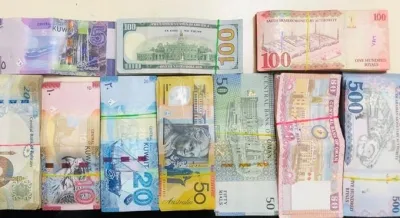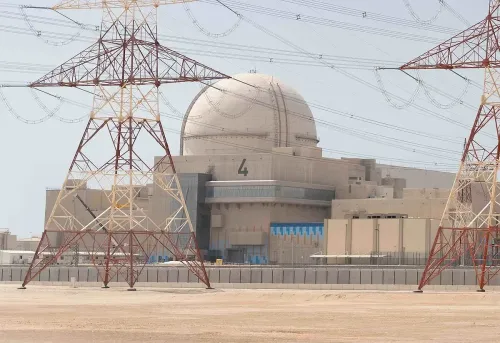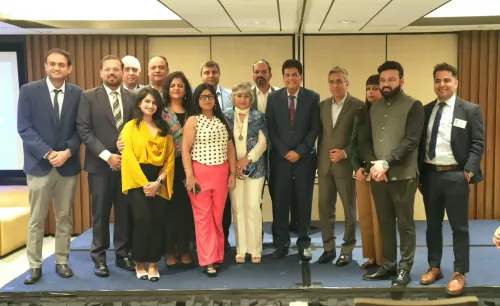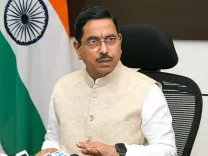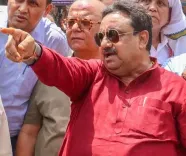Should Mobile Phones Be Included in the 5% GST Slab for Essential Goods?
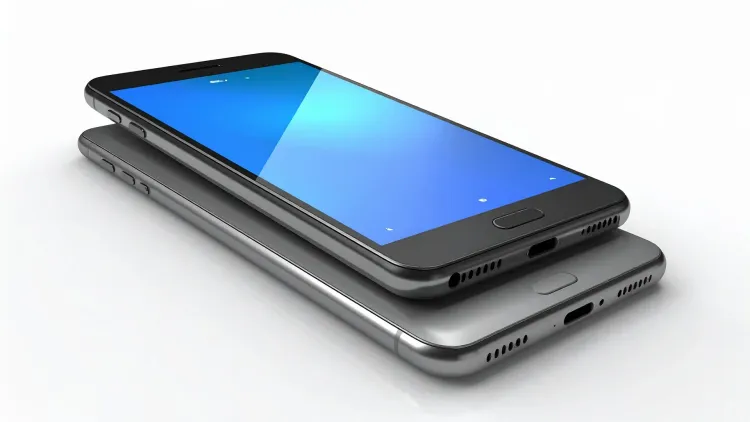
Synopsis
Key Takeaways
- Mobile phones are essential for digital access in India.
- ICEA calls for their inclusion in the 5% GST slab.
- A lower GST rate could boost affordability and demand.
- India's mobile phone market has significant growth potential.
- Current consumption has dropped since the GST increase in 2020.
New Delhi, Aug 19 (NationPress) As the nation anticipates changes to the GST rates, the India Cellular and Electronics Association (ICEA) has urged that mobile phones and their components be classified under the 5% GST slab designated for essential goods.
Describing the existing 18% GST slab as regressive, ICEA contends that mobile phones, pivotal for digital accessibility to over 90 crore Indian citizens, ought to be recognized as 'necessities' in the forthcoming GST reforms.
“Mobile phones have transitioned from being luxury items to essential digital tools necessary for education, healthcare, financial inclusion, and governance. They should be taxed at 5% GST, aligning with the Prime Minister’s GST reform vision and the goal of a $500 billion electronics ecosystem,” stated Pankaj Mohindroo, Chairman of ICEA.
India cannot foster an inclusive Digital India if the devices facilitating it remain out of reach for millions. By placing mobile phones in the 5% GST slab, affordability will be enhanced, demand will surge, and India’s progress towards universal digital access will be accelerated, added Mohindroo.
The Central government is considering a shift from the current four-slab structure to two main rates — 5% and 18% — alongside a special 40% slab for luxury and sin goods.
Approximately 99% of items currently taxed at 12% are projected to transition to the 5% category, while 90% of goods in the 28% slab, including white goods, are anticipated to move to the 18% slab.
Domestic mobile phone consumption has plummeted from nearly 300 million units to around 220 million units since the GST hike to 18% in 2020, according to ICEA, which emphasizes that the Indian market holds significant potential for growth if tax rates are lowered.
Encouraged by the 'Make in India' initiative, mobile phone production surged from Rs. 18,900 crore in FY15 to Rs. 5.45 lakh crore in FY25, with exports exceeding Rs. 2 lakh crore, establishing India as the second-largest mobile phone manufacturer globally.


